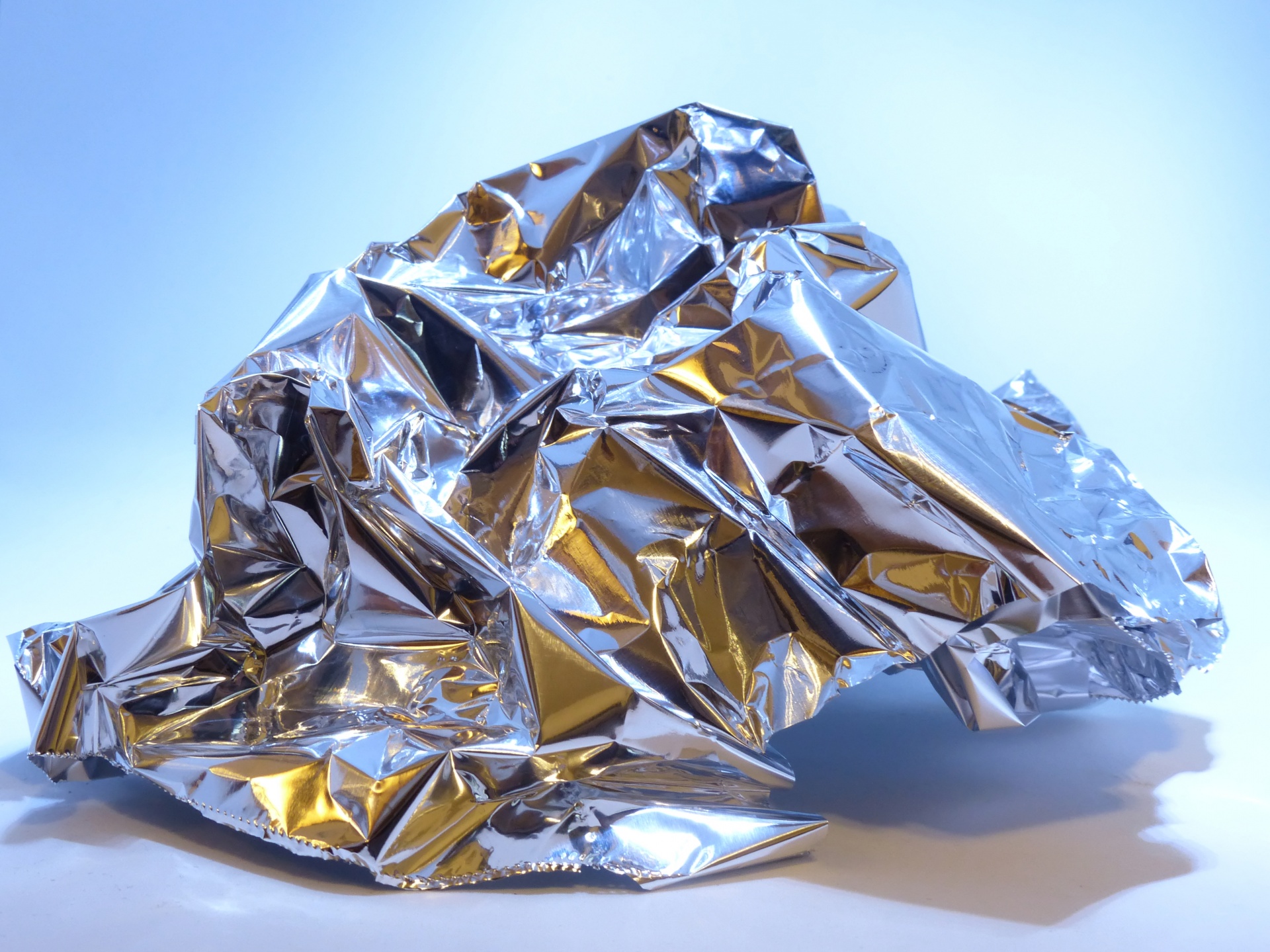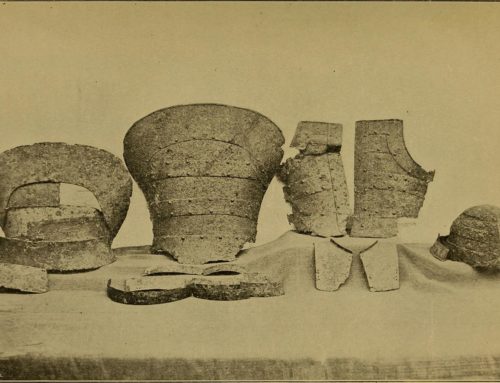Many take aluminum for granted since the material is used in a wide variety of consumer goods like soda cans, smart phone bodies, kitchenware, wires, sculptures, and furniture. However, in the 19th century, aluminum cost more than gold and silver because it was so expensive to refine. Over the last 150 years, scientists have worked to manipulate aluminum into the ubiquitous, 100% recyclable metal we know today.
Early on, humans encountered aluminum in a very different form than the kind we know today. The word aluminum comes from “alum,” the name for an aluminum-based salt widely used in ancient times. In 1825, Hans Christian Øersted, a Danish scientist, proved that aluminum could be created using electrolytic reduction from alumina, a concept first discovered by English chemist Humphry Davey in 1808. Two years after Øersted, Friedrich Wöhler gleaned aluminum powder after building off of Øersted’s work. As chemists and scientists worked to further refine and efficiently produce the metal, aluminum took its place as a precious metal in the mid-1800s. Only the rich could afford aluminum jewelry and other fineries, like Napoleon III who impressed his dinner guests by serving meals on aluminum plates. For Napoleon’s son, Friedrich Wöhler made a gold and aluminum baby rattle. Yet, in 1856, Henri-Etienne Sainte-Claire Deville managed to produce industrial aluminum, because his vision for the metal extended far beyond the realm of finery.
Electricity helped scientists advance the study of aluminum. Two scientists concurrently found a new, less costly method of creating aluminum using electrolytic production, though the method required large amounts of electric power. The scientists, working independently on two different continents, were American student Charles Hall and French engineer Paul Héroult. The scientists came to am amicable understanding and shared the achievement. Their method became known as the Hall-Héroult process. In 1889, Austrian chemist Karl Joseph Bayer created a cheaper production method to produce alumina. Modern aluminum production methods draw on the work done by Hall, Héroult, and Bayer. By the 1950s, now-popular aluminum items like ski poles, white-enameled washer and dryer frames, and the iconic pop-top can hit the market and ushered in the “Era of Aluminum” we now inhabit.




Leave A Comment